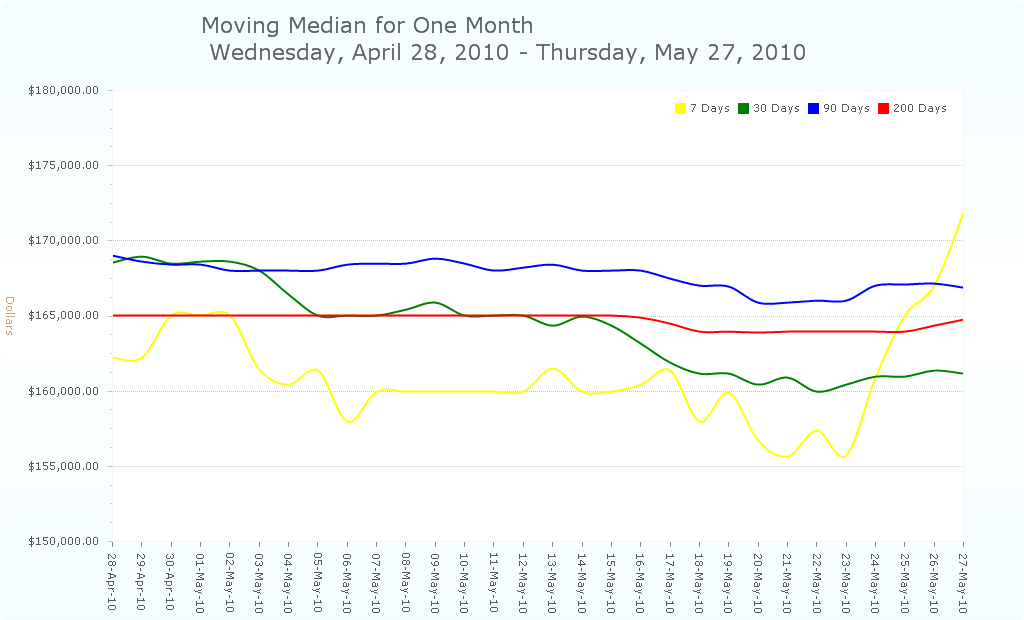An appraisal is a dense multi-paged, document; usually on a form acceptable to Freddie Mac or Fannie Mae (their endorsement(s) are on the bottom of the page.) The appraisal is around 13 legal size pages, but the last five pages are boilerplate in which the appraiser certifies his methods, and outlines the limiting conditions of the appraisal. Only the first two pages of an appraisal contain really relevant information although subsequent pages have pictures and maps that augment the text.
The first section of the appraisal identifies the “Subject” both actually and legally: street address, lot or plot, section, subdivision, type (Fee Simple, condo, PUD), and other identifying information such as census tract, and map reference. The appraiser also gives the most recent property tax amount and any special assessments levied by the town or the parish. If a purchase rather than a refinance is involved, there are also a few details of the pending sale.
Section two describes the neighborhood, its boundaries, and general amenities and does the same for the municipality or parish. This is a free-style description and the appraiser may note local economic factors such as major employers, describe the climate, or local attractions such as beaches, state parks, or recreation opportunities. Appraisers probably recycle this prose every time they produce a report in a given area.
Section four contains a description of the site – lot size, topography, shape, landscaping, availability of utilities and amenities such as street lights, paved streets, sidewalks, whether the property is located in a flood zone, and any apparent easements. An appraiser should not be expected to examine the title for easements – he is only reporting on apparent ones such as indicated by light poles or telephone equipment on the property, nor should an appraisal be relied on for flood zone status.
Next are home improvements – that is the house itself. The subject house in our example is described as a 1 unit, 1 story, detached single-family ranch, 38 years old with an effective age of (i.e. has been maintained so as to appear) 20 years old. The house has a slab foundation, brick and vinyl exterior, a composite shingle roof, no basement. The appraiser noted no dampness, unusual settlement, or pest infestation. The form is set up so as to list the rooms and the total square footage on each level of a house – basement, level 1, and level 2, etc. Since this is a one story home, the appraiser noted a living and dining room, three bedrooms, two baths, and a kitchen, a total of 1845 sq. ft on level 1. Porches, patios, garages, or any outbuildings are not relevant to this section.
The appraiser is expected to note such interior features as floor coverings, walls (sheetrock, paneling, plaster), bathroom walls and floors (vinyl, ceramic tile), doors (solid or hollow core?), heating and air conditioning (existence and fuel source), kitchen appliances, insulation, existence of and access to an attic, car storage (attached, detached, garage, carport?) and amenities such as fences, porches, swimming pool, deck, and fireplaces, and to evaluate their appearance or condition. The words “average” and “typical” are appraisers’ best friends. Do not expect anything creative or lyrical here.
In the final section of Page 1, the appraiser describes “additional features,” notes the condition of the improvements and any adverse environmental conditions such as hazardous waste.
If you would like a referral for an appraiser in your area give us a call at 225-368-3237 or email us at sold@artofhomeselling.com.


